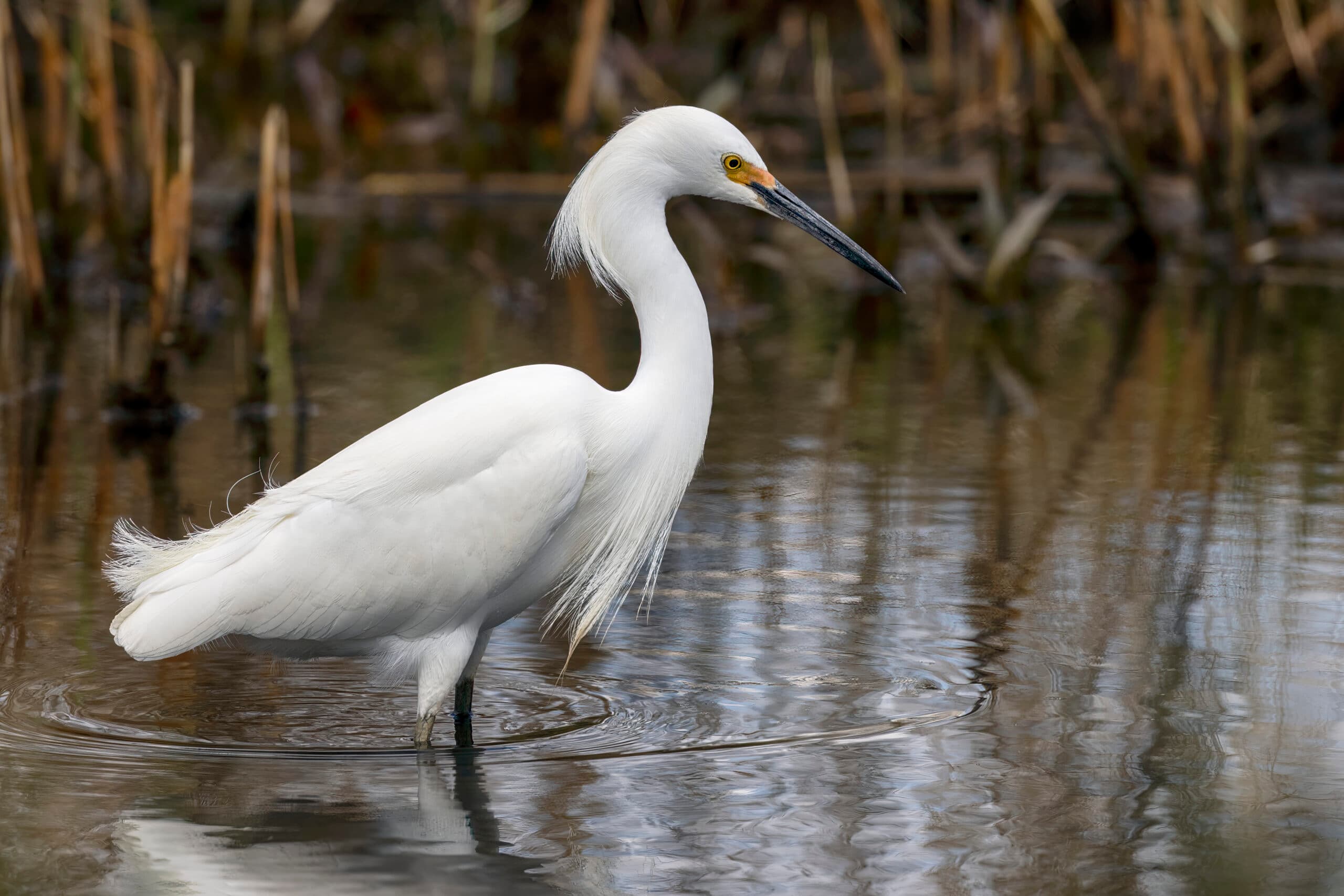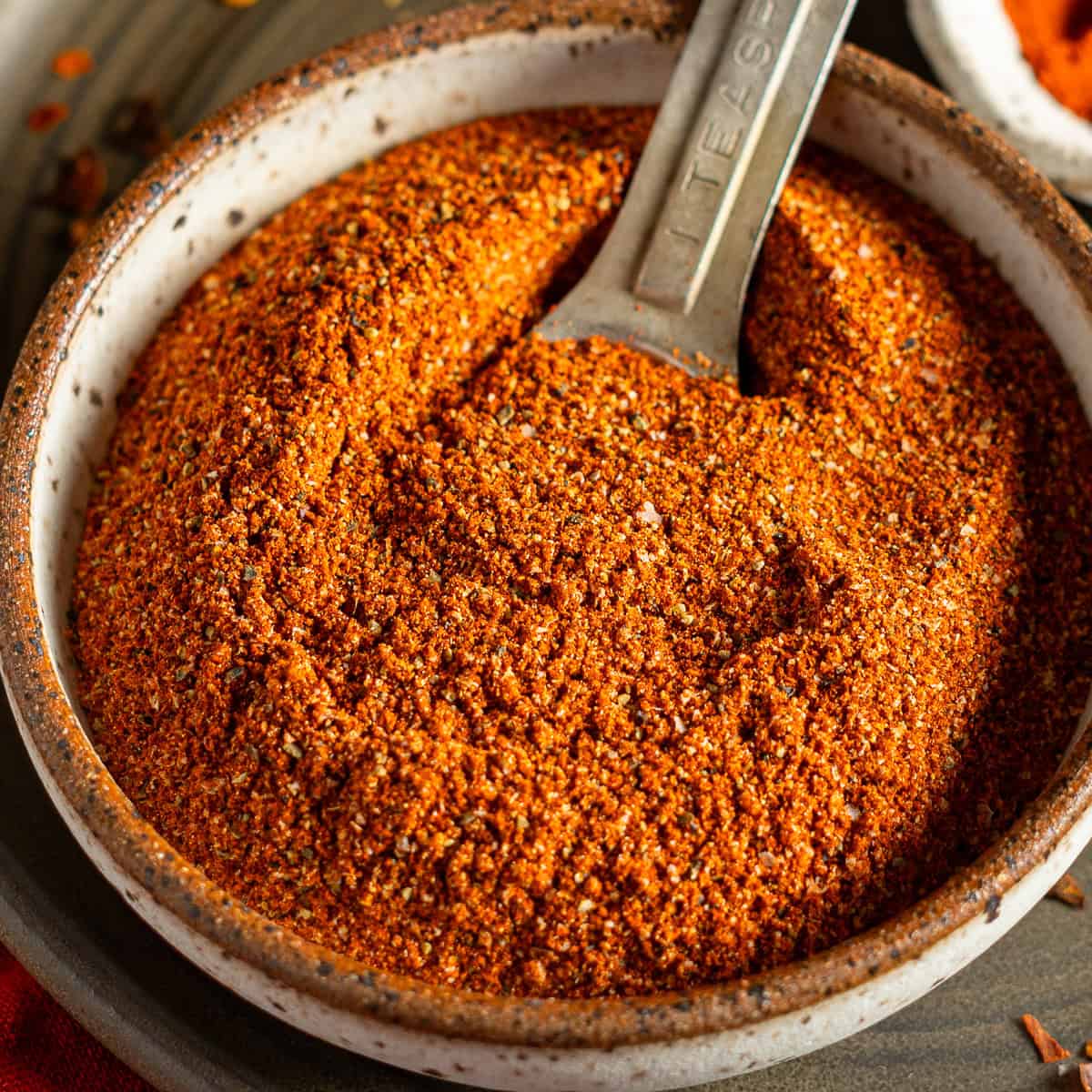
Louisiana’s swamps and marshes are places where movement is an ecological force. Both airboats and flat-bottom boats promise access to shallow water, yet they get there in very different ways. That difference shows up in sound, disturbance, and habitat damage. The short version: for routine recreation and transport, a small, thoughtfully run jon boat usually leaves the lighter footprint.
featured image source: www.bayflatslodge.com
How Each Boat Moves
An airboat rides on speed and hull, pushed by a propeller that shreds air rather than water. That decoupling lets it skim over inches of depth and even cross floating vegetation or seasonally dry mud. Every run sends out two kinds of disturbance: the acoustic blast from the prop and the wind-shear prop wash that reaches well beyond the hull’s path.

A jon boat interacts mainly through the water it displaces and the wake it throws. Picture a jon boat with a modest outboard or, better yet, a trolling motor. In leveed canals or deeper bayous, its wake can nibble at banks. In no-wake zones that impact falls quickly. The airboat’s turbulence spreads in three dimensions across the surface, through the air column, and into loose mats of hyacinth or salvinia.
What Wildlife Hears and Feels
Airboats are loud at the source and audible from far away, especially across open ponds and marsh. Wading birds leave feeding edges, ducks and gallinules flush, alligators slip from basking logs, turtles dive. A single pass is not permanent harm, but repeated disturbance compresses the daily budget of feeding and resting.

A small jon boat, idled or run on electric power, can pass with little more than a rippling whisper. Wildlife can habituate or not notice at all. In breeding season around rookeries, that difference becomes ethical as well as ecological. Fewer flushes mean fewer eggs exposed, fewer chicks tumbled into the water, and less chaos in a habitat where calm is part of the carrying capacity.
Vegetation Tells a Story
Louisiana’s marsh is a woven fabric of roots and rhizomes that hold waterlogged soils together. Airboats can travel on top of that fabric. When they do, they often leave cookies and ruts where hulls slide and dig, or corridors where prop wash mats plants, opens holes, and changes how water flows. Invasive plants such as water hyacinth and giant salvinia make this tempting since an airboat will hop right over them, but the flattened lanes can become preferential flow paths during tides and storms. Water that once seeped through a living sponge finds a shortcut, and peat unravels faster.

Jon boats can scar submerged grasses if they are too big or driven too shallow. That damage is real, yet it tends to be linear and contained in water, and it is avoidable with poling, higher trims, and patience. In the swamp proper beneath cypress and tupelo, a careful operator can thread a jon boat between knees and buttresses with barely a bump. Doing the same in an airboat usually means more throttle, more wash, and a broader cone of disturbance.
Hydrology Is the Quiet Impact
The marsh survives on a choreography of fresh and brackish pulses. Tiny elevation changes set plant communities and nursery habitat for fish and crustaceans. Repeated airboat traffic across shallow, rooted flats can compact peat and stitch new connections between ponds. Over time, those stitches act like zippers during storm surges.

Jon boats are not harmless here. Frequent high-speed transits down narrow cuts can erode banks. Because jon boats need an existing thread of water and can idle down to nearly still, operators have more options to reduce harm. Follow existing channels, throttle back, and let the hull slide quietly rather than claw a new path.
People and Patterns
In south Louisiana, small jon boats are the backbone of everyday life. Think fishing trips, crawfishing, trap checks, and quiet birding mornings. Running costs are lower, fuel use is modest, and the learning curve is gentle. That fits a region where access culture is everyday.

Airboats specialize. They shine in emergencies, in high-water rescues when debris clogs canals, in scientific surveys over thick vegetation, and in the entertainment value of thrill-ride tours. Specialization often brings concentration. Operators follow the same routes, stack departures at the same times, and target wildlife-rich edges because that is where the show is. The ecological effect becomes a drumbeat rather than a one-off.
Handling and Safety

Airboats have no brakes and little lateral grip. Stopping takes time and space, and steering requires thrust. In tight cypress sloughs that can mean overrun hulls and chewed-up margins. Jon boats carry momentum too, but with a tiller or wheel and a hull that grips water, an attentive operator can correct early and often. Less overrun means less accidental scouring of banks, fewer collisions with cypress knees, and fewer panic bursts of throttle that multiply disturbance.
Rules on the Water

Many wildlife areas and private marsh leases in Louisiana either restrict airboats outright or limit when and where they can run. Those rules exist because wardens and landowners see patterns: birds flushed off nests, edges chewed out, noise bleeding into places that used to be quiet. Jon boats face rules as well. No-wake zones, speed limits, and motor restrictions are common, but the toolkit for low-impact operation is larger. You can paddle, pole, trim up, swap to electric, or simply wait for a heron to finish its hunt before idling by.
When Airboats Are the Right Tool

A heavy hull blasting full throttle through a shallow grass flat can do more damage in a minute than a careful airboat does in an afternoon. There are days when the only way to reach a stranded homeowner or to survey a stretch of marsh stitched tight by floating vegetation is with a prop biting air. The point is proportionality. Use the specialized tool for the truly specialized job.
Bottom Line
Airboats are feats of ingenuity and, in the right hands, indispensable tools. The future of Louisiana’s wetlands will be shaped by everyday choices. If most of those choices are made from the low freeboard of a jon boat, with the motor barely ticking over and the wake shrinking behind, the swamp gets more of what it needs most: time, quiet, and a chance to keep knitting itself together. Ready to see that difference for yourself? Schedule a tour with Cajun Encounters, where we guide you in small, quiet jon boats for a more eco-friendly, wildlife-first experience.
Latest Posts

Why Cajun Encounters Is the Most Trusted Family-Friendly Swamp Tour in New Orleans

Snowy Egret Magic: Essential Tips for Spectacular Sightings


